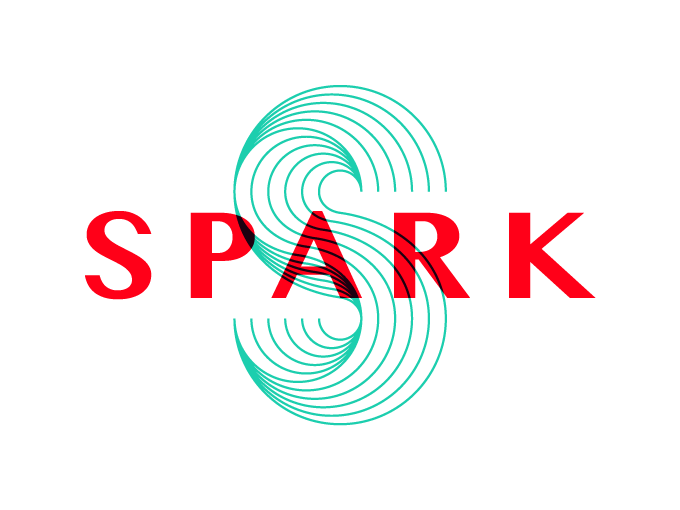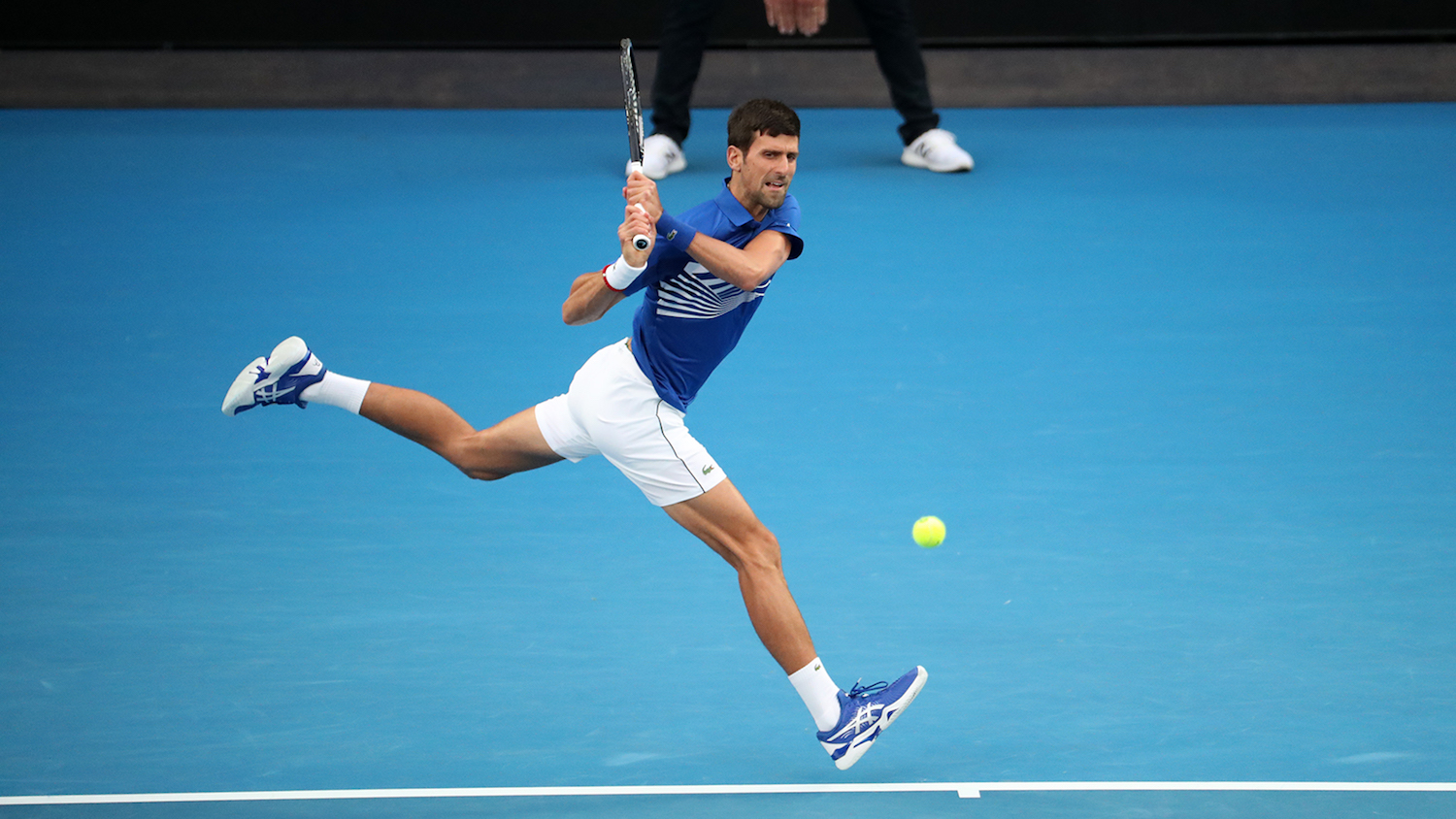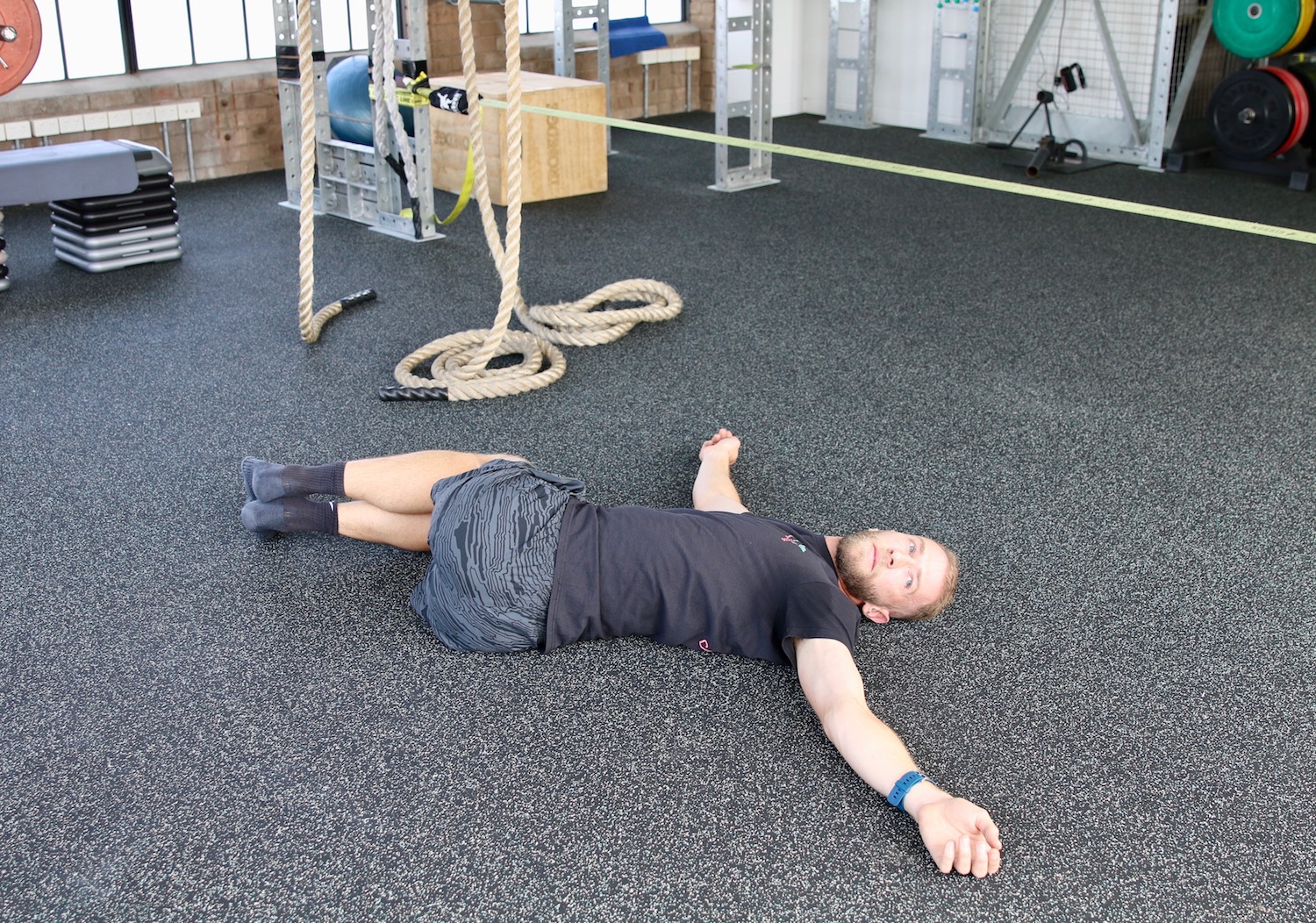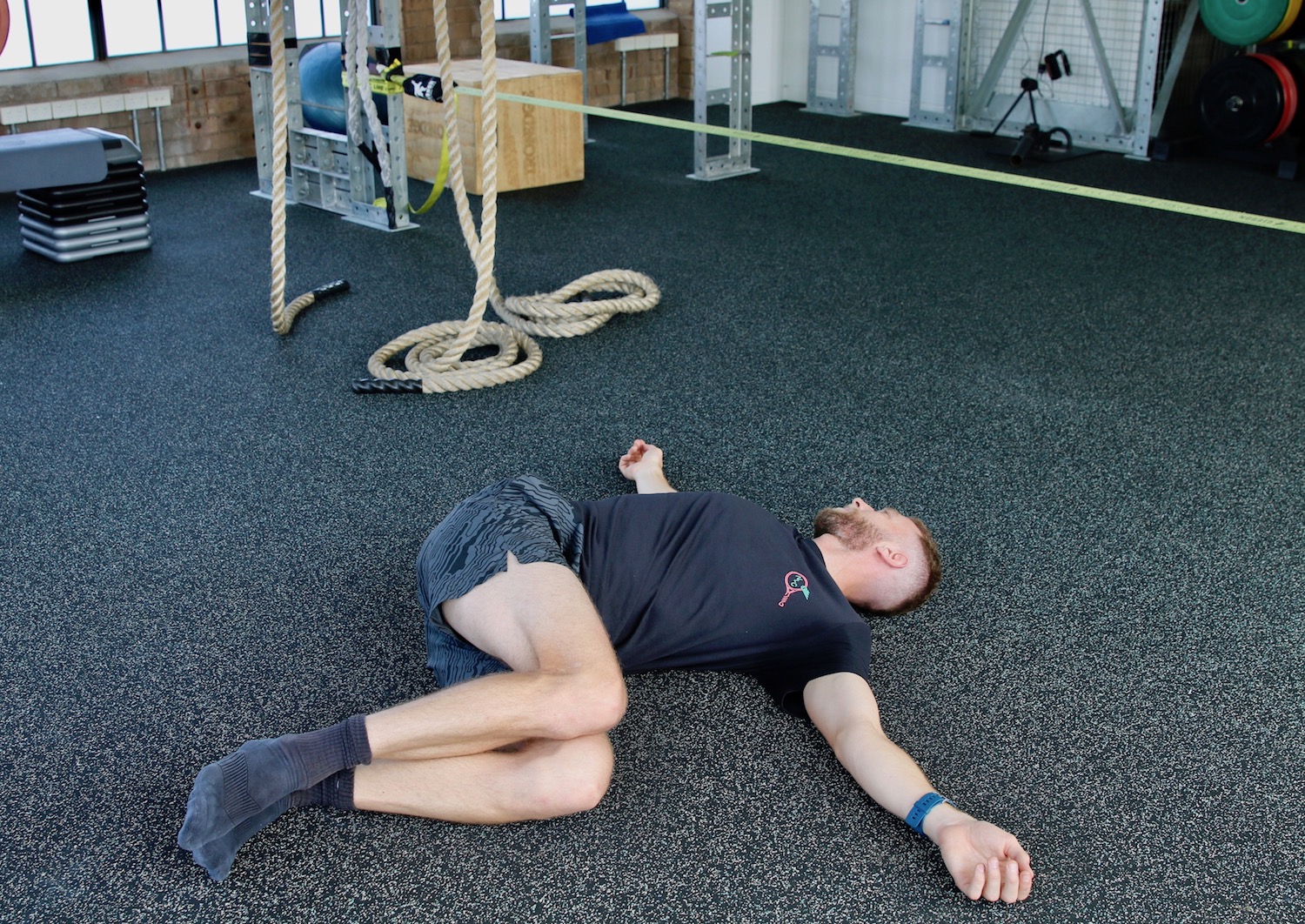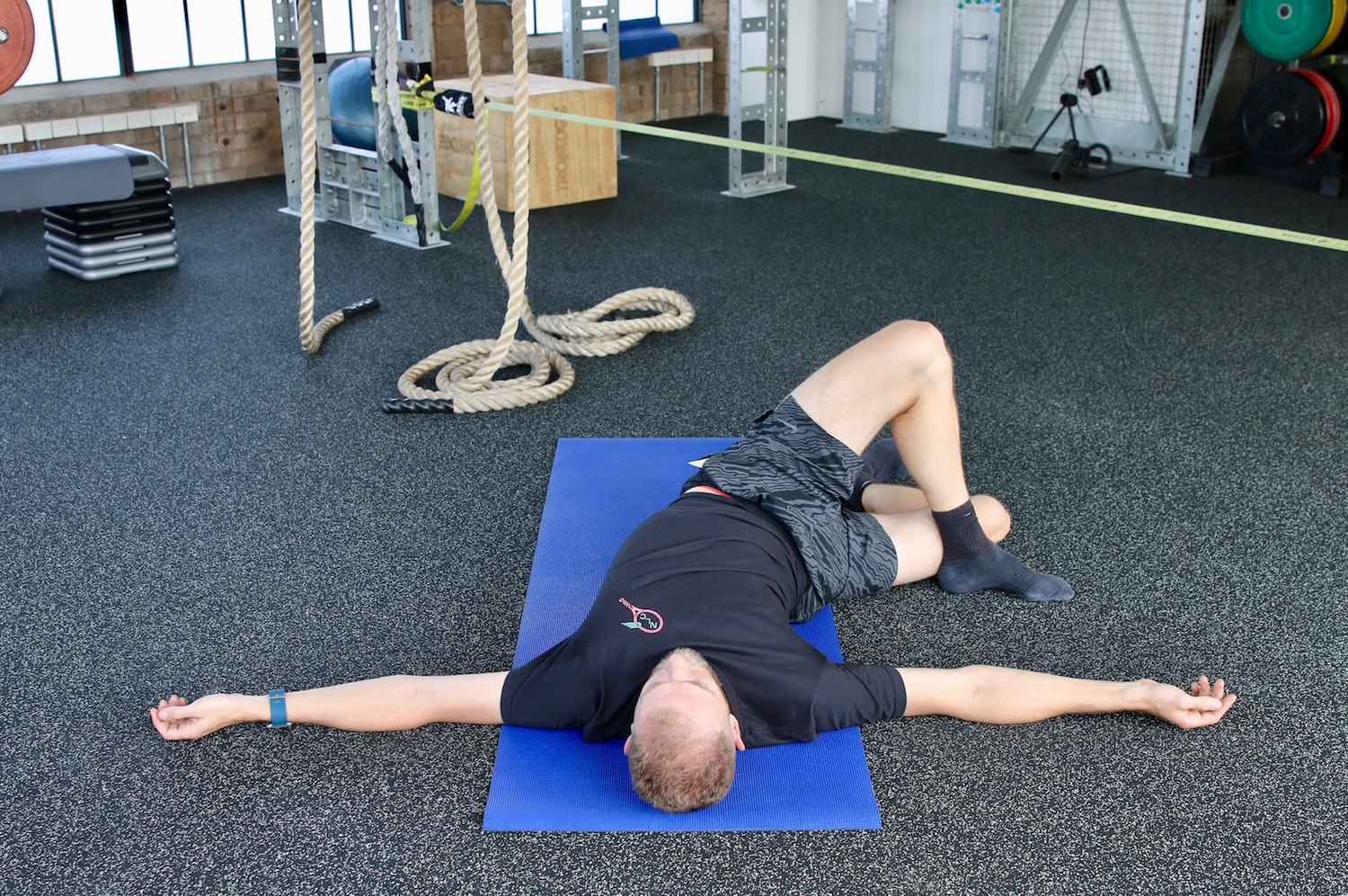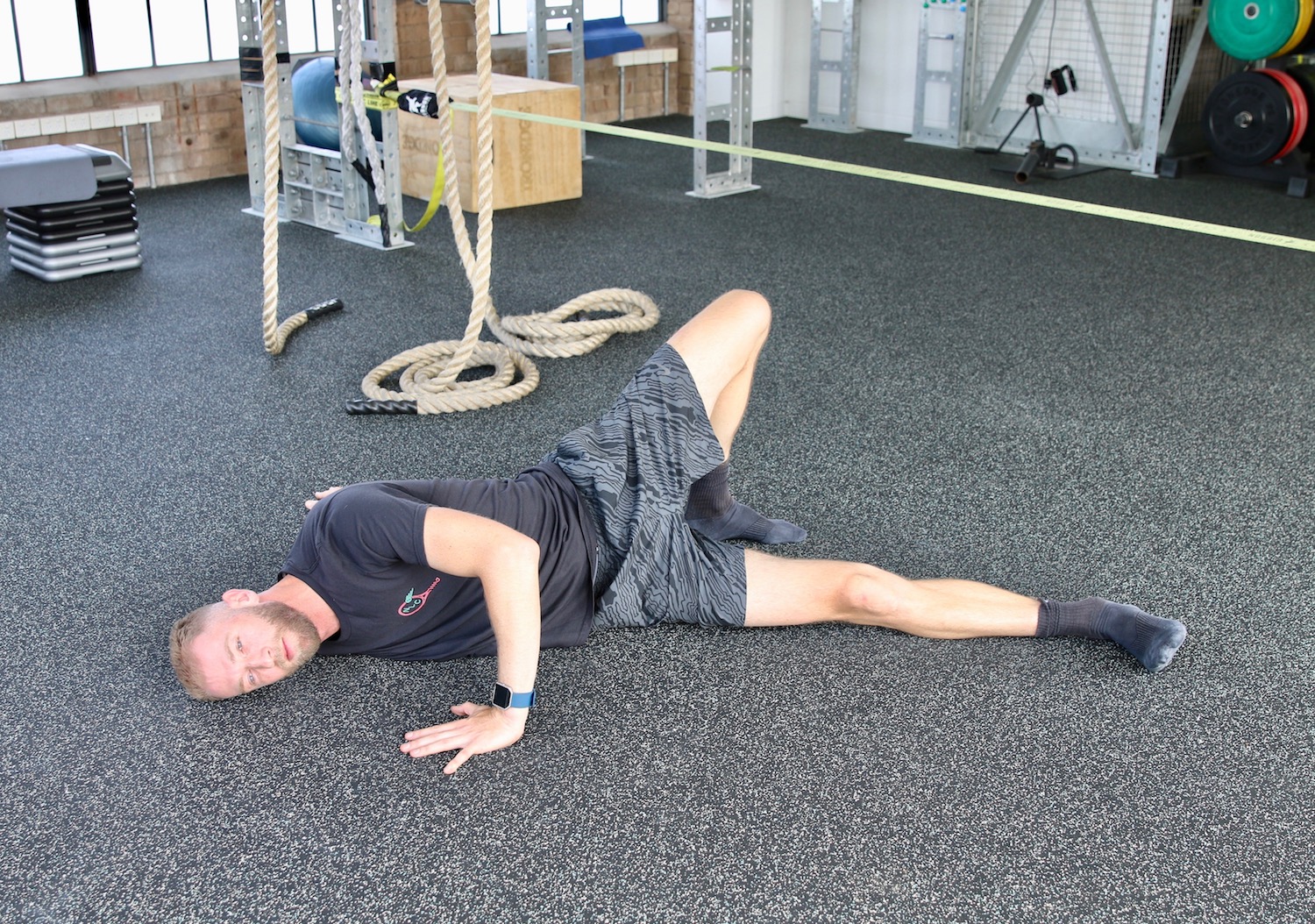Fundamentals of tennis fitness training - yoga
Yoga encourages tissue resiliency, addresses muscle asymmetries & fosters a strong state of mind.
Tennis is taxing. Your entire body is put under great force particularly your shoulders, wrists, and upper spine. The quick, multidimensional movements as you zigzag across the court impact your legs, hips, and lower spine.
Look at the way Novak Djokovic moves around the court. He is not only one of the fittest professional athletes but undoubtedly the most agile. For Djokovic his yoga practice is essential to his daily routine. He advocates the physical benefits but also says yoga enables him to have an “optimal state of mind”.
Djokovic recommends doing a couple of the most basic yoga poses to help you stay loose and relax either right after a workout, training session and/or before you go to bed at night. I agree.
A yoga practice can be an important tool to stretch tight muscles, encourage tissue resiliency, and address muscle asymmetries from what’s typically a one-sided sport.
Here are a few recommended exercises for yoga for tennis:
Supine Twist
Good for stretching the muscles around the spine and increasing circulation to the spine
Lie on your back, bend both knees, and take both legs to the right to rest on the floor or a pillow.
Relax your back, hips, and then your entire body as you rest here. Breath deeply and try to focus your breathing on areas of tightness.
If you’re a left-handed player, hold your knees to the right for about 2–3 minutes; switch sides and hold knees to the left for 1–2 minutes. Reverse the sequence if you’re right-handed.
Reclining Side Figure Four
Good for releasing the outer hip, lower back, and IT Band, which runs from the outer hip to the outer knee
Lie on your back, bend your knees, and take your left ankle to your right knee.
Take both legs to your right.
Place the sole of your left foot on the floor as you send the left knee away from your head to feel a stretch through the left outer thigh and hip.
Drop your left hip so your low back relaxes. Hold for 1–2 minutes breathing deeply; switch sides.
Twisted cross
An excellent global body stretch targeting the chest, shoulders, lower back & hips. Ideal for the more advanced athlete.
Lie face down on your stomach and extend one arm out to the side, slightly higher than the shoulder.
Bring the opposite hand in close to the chest, press the palm into the ground & gently roll/twist your body over in the direction of the outstretched arm.
Hold in this position for 40-60s & repeat on the other side.
You can also vary the angle of the outstretched arm, raising it higher above the shoulder to target the pectoralis minor muscle more.
See below.
Benefits of tennis fitness training
There are many benefits for your general health, fitness and well-being if you undertake tennis fitness training.
When elite junior players start tennis fitness training at a young age, it creates a great base for when tennis intensifies through the teen years. This will have great benefits for their tennis, and help protect them from injury as their matches become longer and more frequent.
Adults and seniors will see improvements in how the move and feel on the tennis court with consistent and persistent training, and similarly, will be guarding the body from injury, wear and tear.
Find out more about a personalised tennis fitness training plan here.
